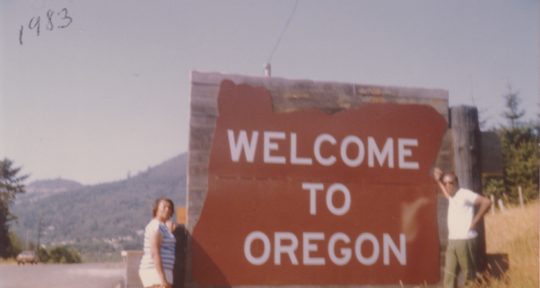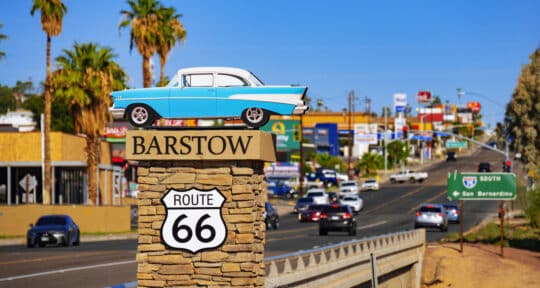Ohio’s geographic position and two natural borders—the Ohio River to the south, and Lake Erie to the north—made it a highly trafficked state on the Underground Railroad, going back as early as 1815. That’s because at the time, the Ohio River served as part of the border between Southern states (where slavery was legal) and the free states of the North. Beyond the shores of Lake Erie, freedom was a possibility for Black Americans, including those who were previously enslaved.
Though the necessary secrecy surrounding the Underground Railroad makes it impossible to know the exact numbers, estimates suggest that between 40,000 and 50,000 formerly enslaved people passed through Ohio on roughly 3,000 miles of trails that ran throughout the state. So it’s not surprising that the Buckeye State is now home to several museums, houses, and notable sites related to the Underground Railroad, including a particularly heavy concentration along the part of the Ohio River that leads up to and passes through Cincinnati.
Its location on the Ohio River made Cincinnati a hub of industry, and by 1850, it had become the sixth largest city in the U.S., as well as home to a substantial Black population, and many prominent abolitionists. Today, there are multiple locations in the Queen City and its vicinity that help tell the story of the Underground Railroad. Here are seven you can visit.
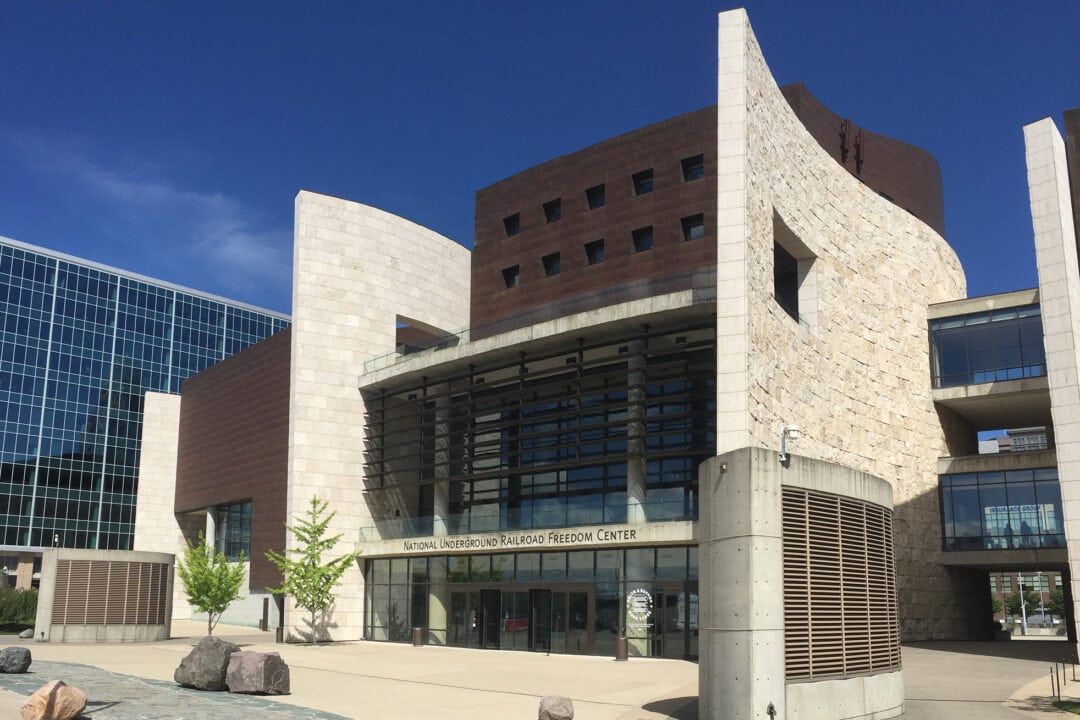
1. National Underground Railroad Freedom Center
Start off with a visit to the National Underground Railroad Freedom Center, located on the banks of the Ohio River in downtown Cincinnati. Even if you remember everything you learned about slavery and the Underground Railroad in school, it’s likely only a tiny part of the larger story.
A permanent exhibit, From Slavery to Freedom, walks visitors through three centuries of slavery, from its introduction to the Americas to the end of the Civil War. The displays, artifacts, and a 12-minute film offer insight into the lives and experiences of enslaved people—including those who sought freedom. Take the time to visit the “slave pen,” an original structure recovered from a nearby Kentucky farm and relocated to the Freedom Center that was once used as a temporary warehouse for enslaved people who were to be sold farther south.
But this isn’t a museum stuck in the past: Along with the historical exhibits, there are others focused on contemporary issues related to slavery, including structural racism, human trafficking, and mass incarceration. Be sure to check the events page of the Freedom Center’s website before visiting to find out about lectures, film screenings, and other special programming.
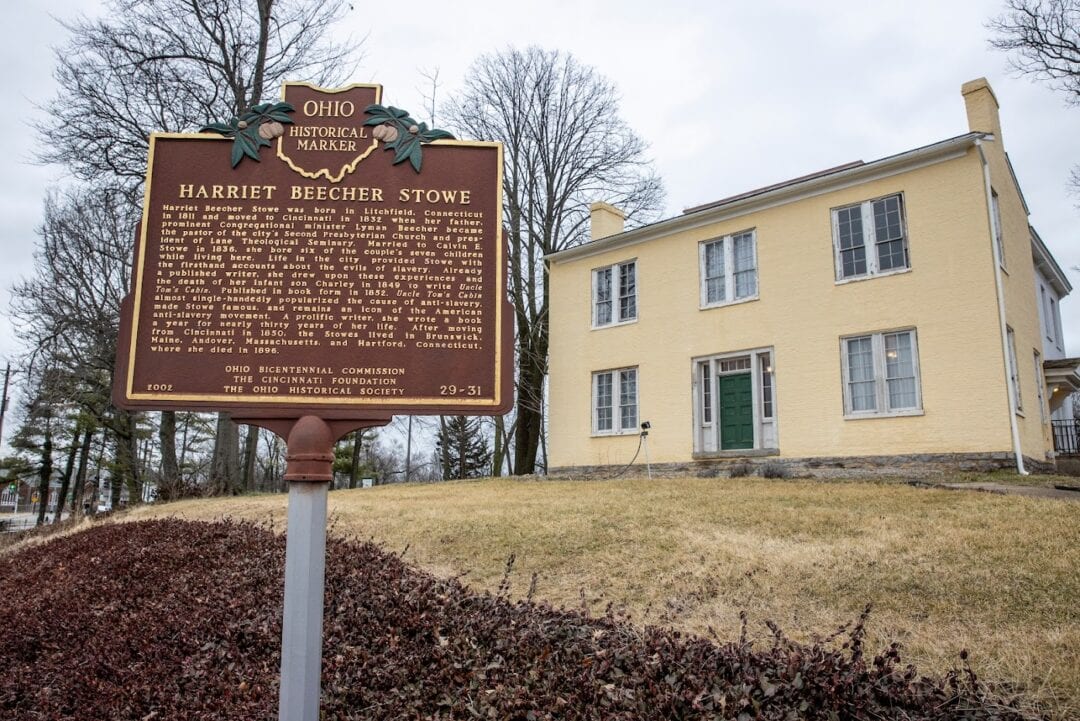
2. Harriet Beecher Stowe House
Though Harriet Beecher Stowe penned her best-selling book Uncle Tom’s Cabin in the early 1850s, shortly after leaving Cincinnati, the 18 years she spent living in the city—including various periods of time from 1832 to 1836 in this house—inspired many scenes and characters in her iconic anti-slavery novel. And while the Harriet Beecher Stowe House wasn’t itself a stop on the Underground Railroad, both Harriet and her husband Calvin Stowe were involved in the abolitionist and civil rights movements, and occasionally assisted enslaved people as they made their way north.
Along with Harriet, the house features exhibits on other members of the Beecher family, including her father Lyman, an influential Presbyterian minister and educator, and her sister Catharine, an early advocate of educating women and the author of hugely successful household manuals. Visitors also learn about the history beyond the Beecher family and the walls of the house, thanks to knowledgeable tour guides who provide insight into life in Cincinnati and the wider abolitionist movement in the mid-19th century.
Even if gift shops aren’t your thing, don’t skip this one. In addition to the impressive collection of reading materials, it also contains information on the house’s life as a boarding house and tavern. In the 1930s and ‘40s—when the neighborhood of Walnut Hills was a predominantly Black community—the house was known as the Edgemont Inn, and was listed in every edition of The Negro Motorist Green Book, by Victor Hugo Green, from 1939 through the ‘40s.
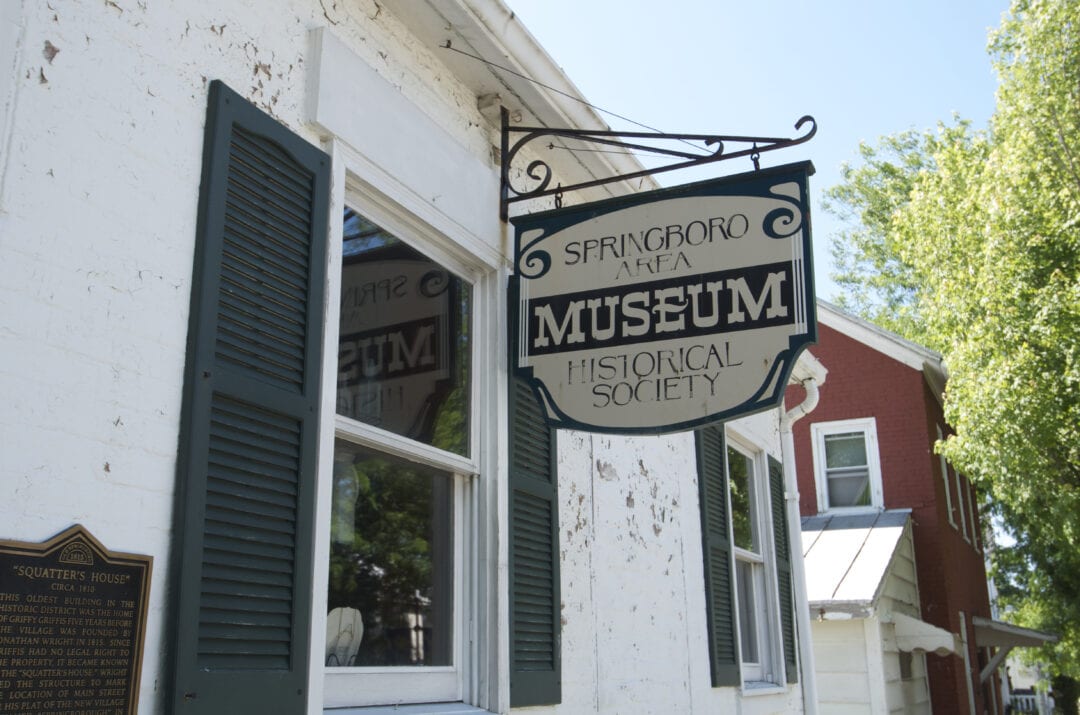
3. Springboro Underground Railroad Tour
Springboro, Ohio, is about 35 miles north of Cincinnati, so while it’s not located on the Ohio River, it is situated between two of its tributaries: the Great Miami and Little Miami rivers. After crossing the Ohio River from Kentucky, it was usually a 2-day journey to Springboro via the Underground Railroad, making the town an ideal stopover for enslaved people making their way north through the state.
Geographic location aside, Springboro was established in 1815 as a settlement for Quakers, a religious group with strong and long-standing anti-slavery views. From the town’s founding until 1865, Springboro was one of the most highly trafficked stops on the Underground Railroad. In addition to being nationally recognized as a Historic Underground Railroad Site, the community is home to 27 documented safe houses, more than any other town in the state.
The Springboro Area Historical Society offers seasonal walking tours of the town’s Underground Railroad sites and history (though book tickets ahead of time, if possible, as they tend to sell out quickly). If you can’t make it to one of those, pick up a brochure for a self-guided Underground Railroad walking tour at the local public library, or the Springboro Historical Society Museum.
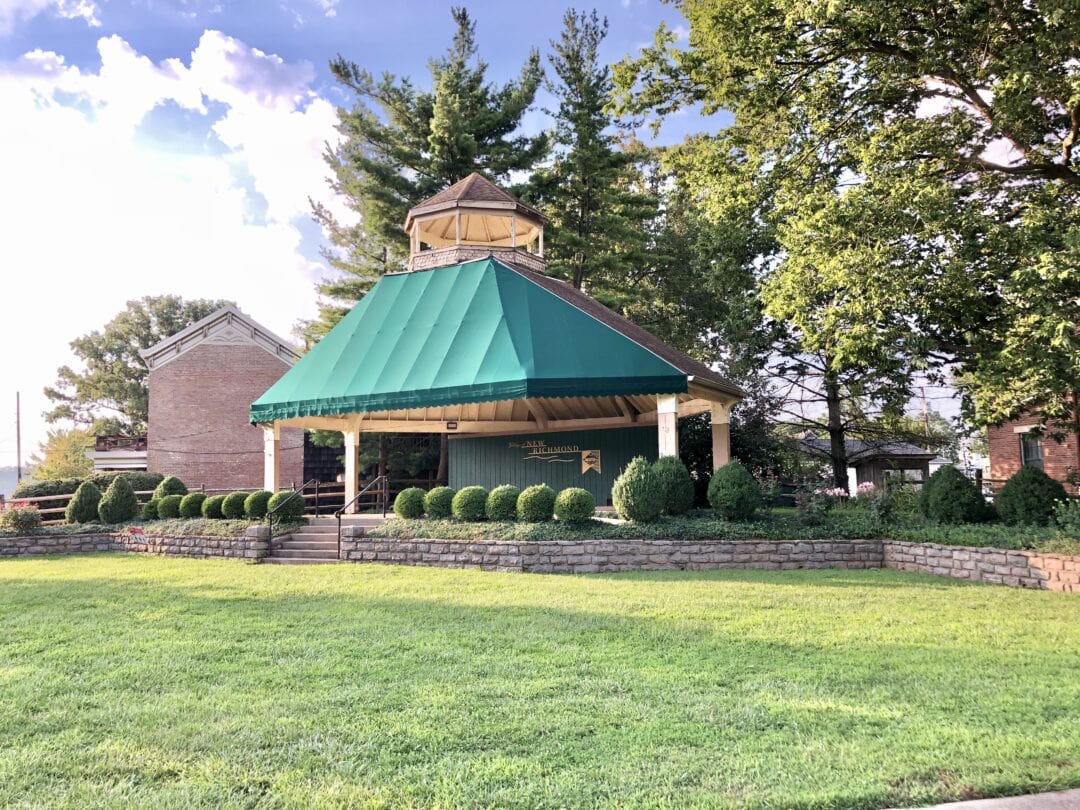
4. New Richmond Waterfront
Founded in 1814 by a Revolutionary War hero, and located roughly 20 miles east of Cincinnati, New Richmond was not your average riverfront town. Not only was it an important stop for steamboats transporting passengers and goods along the Ohio River, it was also home to facilities that manufactured steamboats, furniture and clothing factories, carriage works, breweries, and distilleries. But apart from being a center of commerce, New Richmond—and its waterfront area in particular—was also a crucial part of the Underground Railroad.
With Kentucky right across the river, New Richmond was the first stop for many formerly enslaved people on their journey north to Canada, and by the 1830s, the town was a hotbed of abolitionism. By 1834, the local Presbyterian and Baptist churches had passed resolutions denouncing slavery. As a result, for several months in 1836, James G. Birney opted to publish his well-known abolitionist newspaper, The Philanthropist, in New Richmond.
From his riverfront home, Dr. John Rogers—one of the financial backers of The Philanthropist—was able to keep an eye on any potential threats to the newspaper and often patrolled the streets with other local abolitionists, guarding the publication’s office. New Richmond was also home to several safe houses that sheltered those escaping slavery via the Underground Railroad.
Today, visitors to New Richmond can take a self-guided tour, which includes a stop at Haussermann Park, Located on the riverfront, the small but picturesque green space features signs and plaques telling the story of the town’s role in the abolitionist movement and Underground Railroad, as well as several picnic benches, ideal for a lunch break.
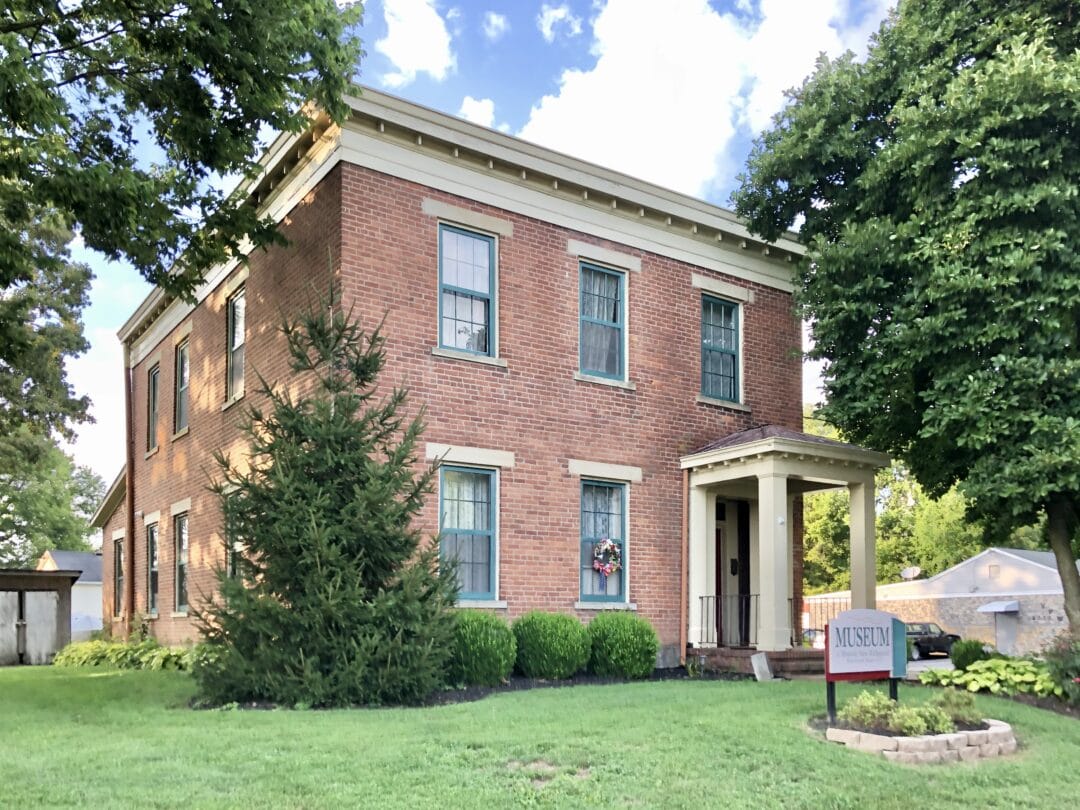
5. Ross-Gowdy House
The Ross-Gowdy House is one of the stops on the self-guided tour of the Underground Railroad sites of New Richmond, but one that warrants a closer look. David Ross—believed to have been the nephew of the country’s most famous seamstress, Betsy Ross—built the Greek revival house in 1853. He served as New Richmond’s mayor during the Civil War, and was one of three mayors of the town to live in this house. In 1876, it became the home of Thomas Gowdy, a prominent merchant of the day who was previously a co-defendant in the Ohio Supreme Court case of Anderson v. Poindexter (1856). Though the U.S. Supreme Court overturned the ruling the following year with the Dred Scott decision, the Ohio trial contributed to legal arguments in favor of rights for formerly enslaved people.
Today, Historic New Richmond owns the Ross-Gowdy House, and operates it as a museum featuring exhibits on local history, including the town’s role in the Underground Railroad. Beyond its offerings as a museum, the house has a great view of the Ohio River, and is filled with fascinating artifacts and antiques from the period when New Richmond was a prosperous commercial hub.
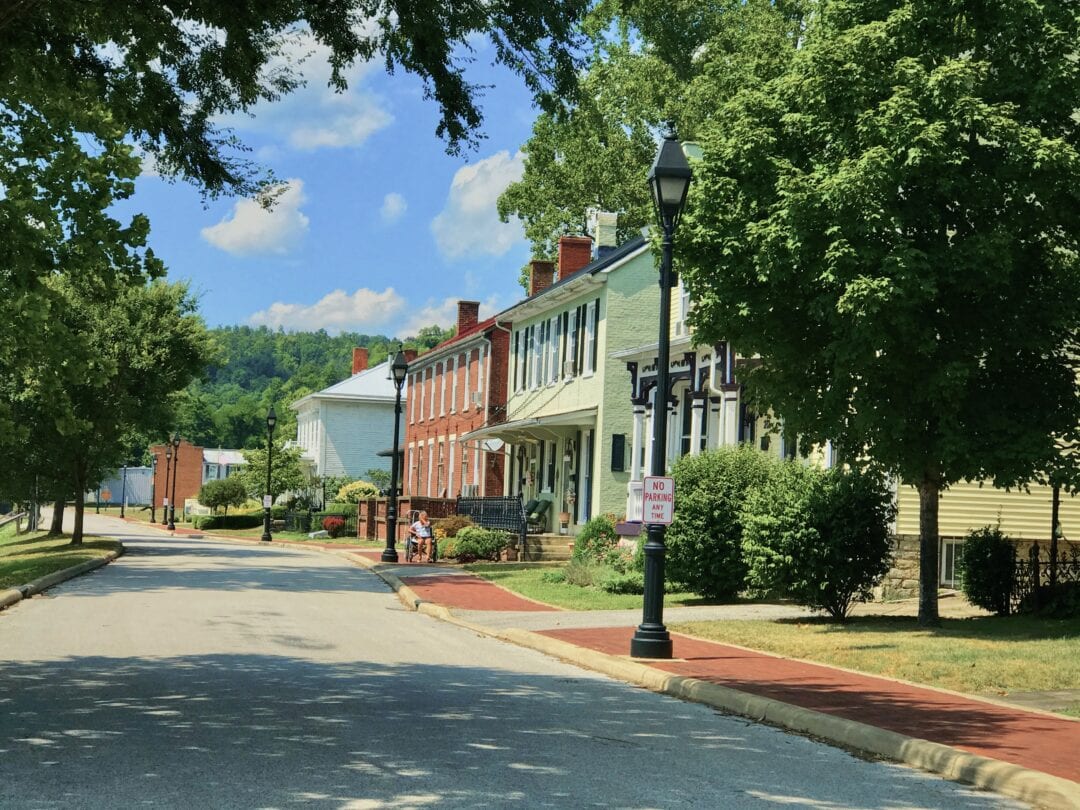
6. John Parker House
From New Richmond, it’s about a 30-mile trip east alongside the Ohio River to Ripley, Ohio, a larger town that was also home to numerous industries and abolitionists, including John P. Parker. Born into slavery in 1827, Parker worked as an apprentice in an iron foundry in his teens, and by the age of 18, earned enough money to purchase his freedom. He promptly moved to Cincinnati and 8 years later, he relocated to Ripley. There he opened a foundry behind his riverfront house, where he invented various pieces of mechanical and industrial equipment, for which he received some of the few patents awarded to Black Americans in the 1800s.
Beyond his impressive career, Parker was also actively involved in the Underground Railroad. Serving as a conductor, he made regular trips across the Ohio River to Kentucky, risking his life to lead enslaved people to Ripley. From there, he directed them to safe houses in the town—including the home of John and Jean Rankin—that provided shelter to the passengers as they made their way north. Today, the John Parker House operates as a museum, offering visitors the opportunity to learn about his remarkable life and career.
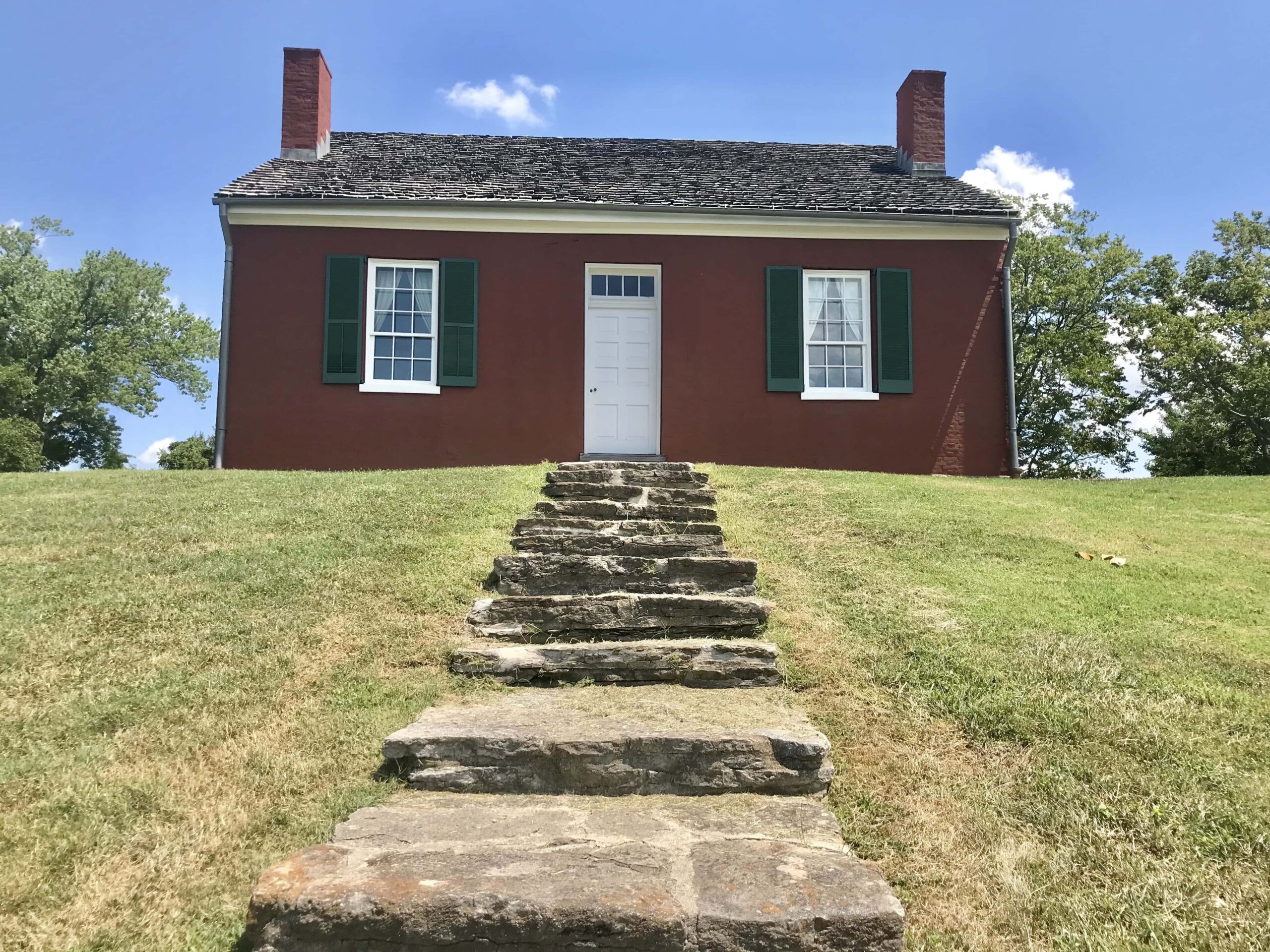
7. John Rankin House
Whether they crossed the Ohio River on their own or with the help of John P. Parker, most of the passengers on the Underground Railroad who made their way through and out of Ripley did so with the aid of local minister John Rankin, his wife Jean, or one of their 13 children. In 1822, when John was 29 years old, the Rankin family moved from Kentucky to Ripley, where he would lead the local Presbyterian church for the next 44 years.
Three years later, the family built a home on Liberty Hill, overlooking the river and the town of Ripley—which was directly accessible via 100 steps, known as the “Freedom Stairway.” The Rankin family’s home is thought to be one of the most active stations in Ohio on the Underground Railroad, providing a safe haven to an estimated 2,000 formerly enslaved people.
John Rankin also gained a reputation as a skilled orator, and toured the Northern states for the American Anti-Slavery Society, lecturing about abolitionism. He counted another prominent Presbyterian minister, Lyman Beecher, as well as his family, among his supporters. This included Beecher’s daughter Harriet, who included aspects of John’s work in Uncle Tom’s Cabin.
Today, the John Rankin House is a museum where visitors can take guided tours of the home and property to learn more about the Rankin family, as well as Ripley’s role in the Underground Railroad.

